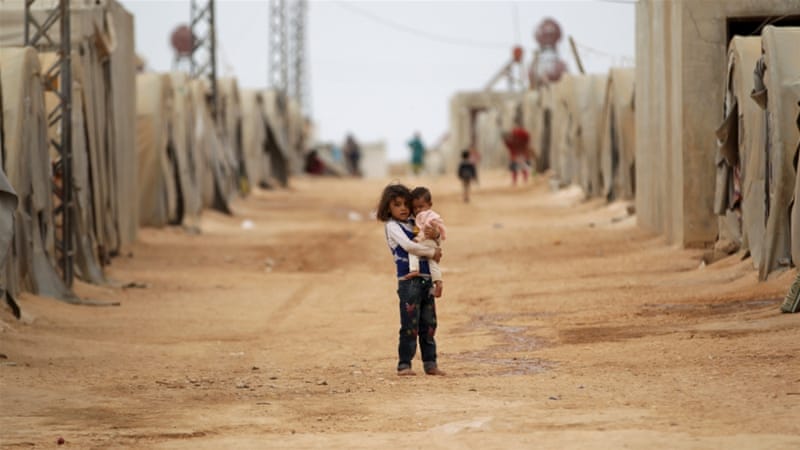by Yesim Usluca
Impunity Watch Reporter, Middle East
DAMASCUS, Syria — An agreement aimed at reducing violence in Syria went into effect at midnight on Saturday, May 6th. The ceasefire was headed by Russia, which is the strongest ally of Syria’s President Bashar al-Assad, and backed by Turkey and Iran.

The plan calls for ending hostilities between rebel groups and government forces by creating “de-escalation zones” in the major areas of conflict in western Syria for a period of six months, which could be extended if all three signatory countries agree. Although Russia is permitted to fly over the de-escalation zones, the agreement strictly prohibits the use of weapons and air strikes in those areas.
The ceasefire further calls for the creation of “conditions for humanitarian access, medical assistance and return of displaced civilians into their homes.” The Syrian government is required to allow “unhindered” humanitarian aid into rebel-held areas, and must restore services such as water and electricity.
The largest de-escalation zone, in northern Syria, covers a population of over one million and encompasses the Idlib province, which was hit by a chemical attack in early April. The three remaining zones cover the northern Homs province, the eastern Ghouta region, and the area surrounding the Jordanian border in southern Syria, encompassing a total of over 1.5 million citizens. Qaboun, a town in the eastern Ghouta region, is exempt from the deal due to its history as housing the Nusra Front, a group linked to al-Qaeda.
Despite the agreement, however, there have been conflicting reports of its effectiveness. The Syrian Observatory for Human Rights (“SOHR”) stated that it has already started seeing breaches of the deal, mainly in the northern Hama province. A spokesperson for the Jaish al-Nasr rebel group, Mr. Mohammed Rasheed, stated that the fighting started after midnight. The SOHR added that fighter jets shot upon al-Zalakiyat, a village held by Syrian rebels, as well as upon the countryside of northern Hama. Mr. Rasheed further noted that barrel bombs were also used in the attacks. He added that “[t]he bombardment has not stopped, it is no different from before[.]” Furthermore, on Saturday, May 6th, less than twenty-four hours after the ceasefire was implemented, four opposition fighters were killed and a child was wounded when a suburb of Damascus was shelled by government forces.
The SOHR, in contrast, also noted that despite the reduction in fighting, that it was still “too early” to determine whether it would last. The director of the SOHR, Mr. Rami Abdulrahman, noted that “[t]he reduction in violence must be clear and lasting[.]”
For more information, please see:
AlJazeera—Syria’s ‘de-escalation zones’ explained—6 May 2017
Washington Post—Syria violence kills 4, wounds child despite safe zones—6 May 2017
Reuters—Syria fighting eases as Russian deal takes effect—6 May 2017
Deutsche Wells—Fighting continues in Syrian ‘safe zones’—6 May 2017
CBS News—Russia’s proposed Syrian “safe zone” deal goes into effect—6 May 2017